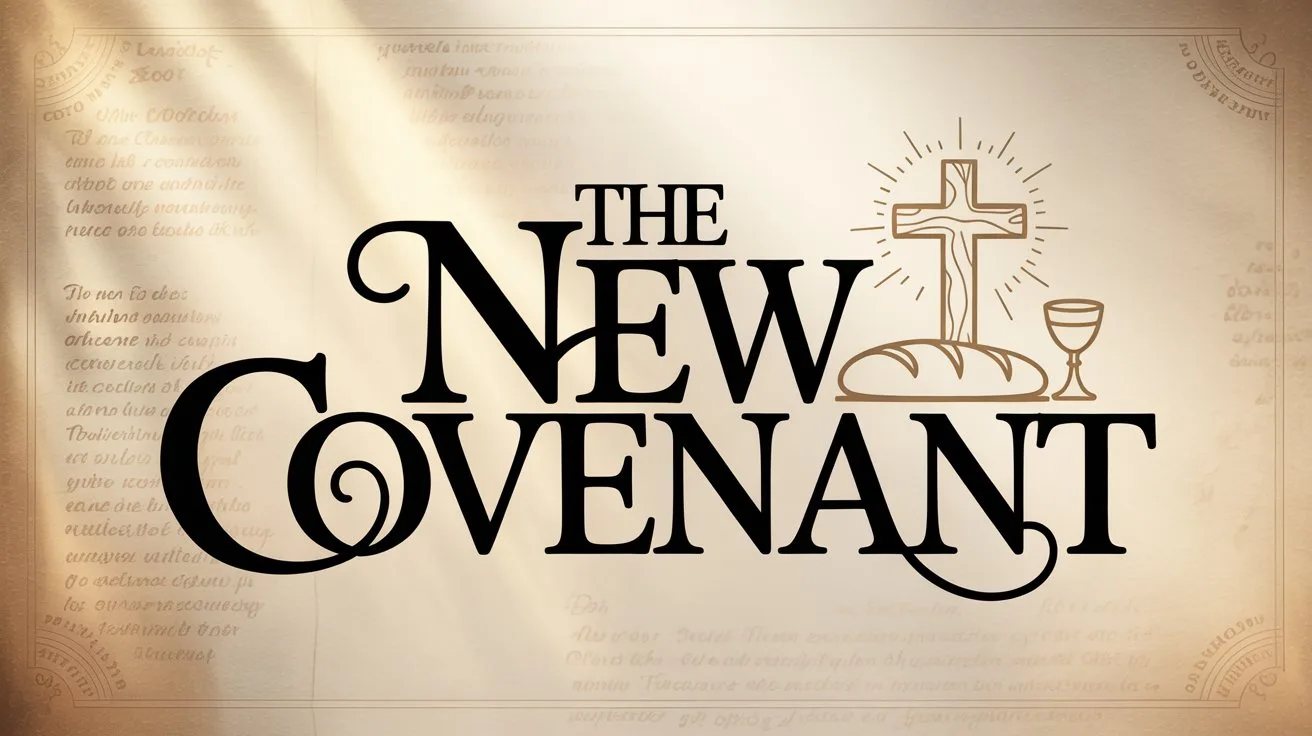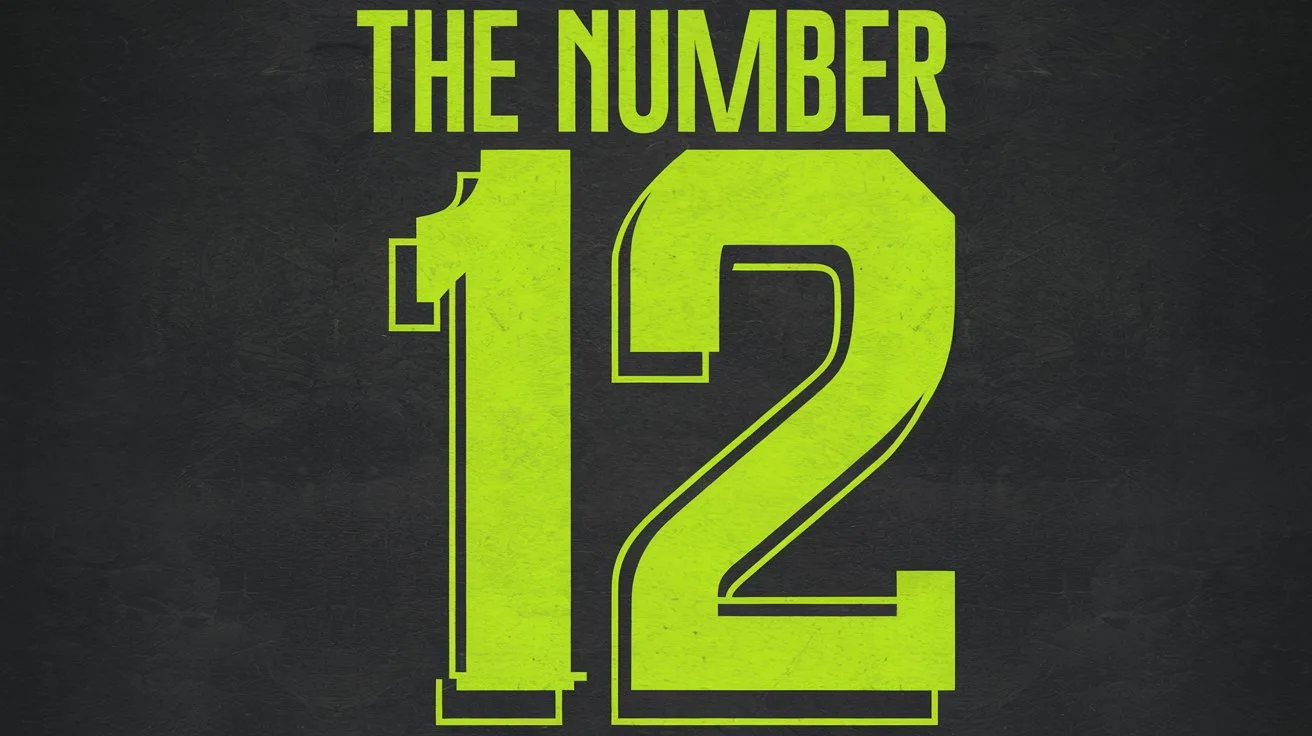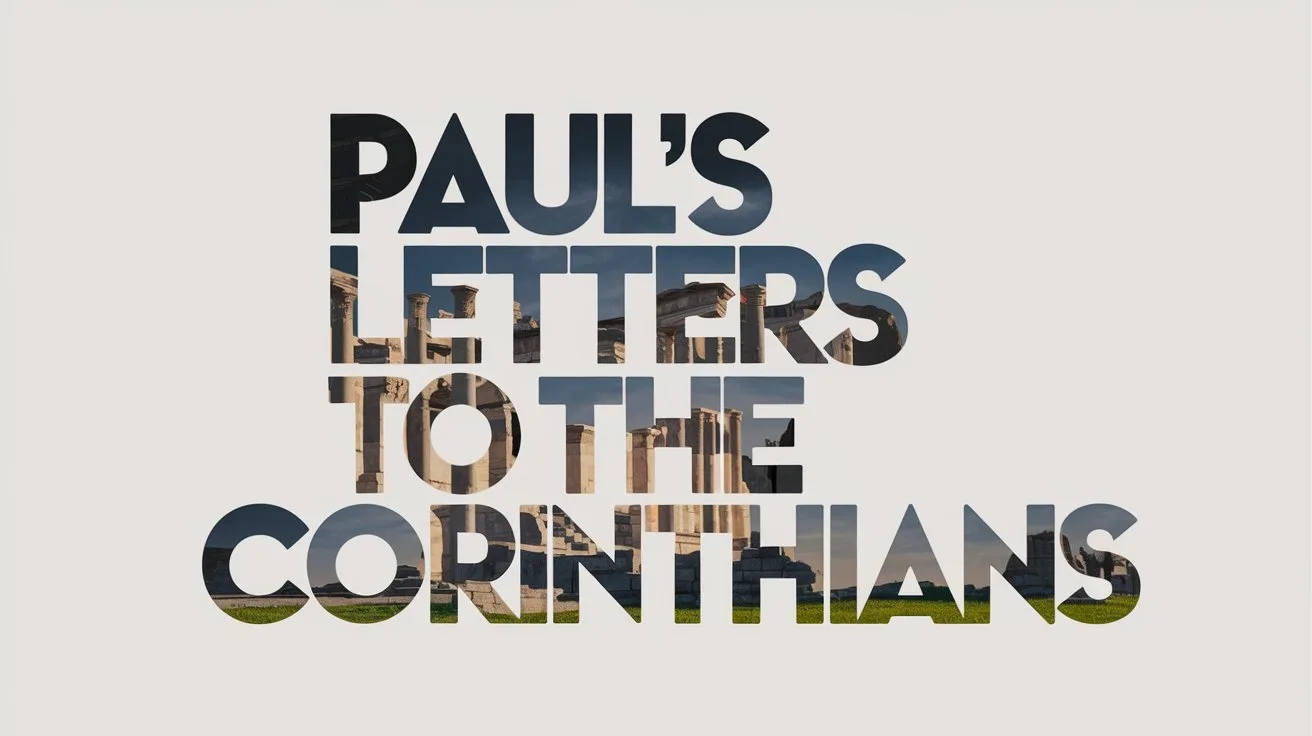Lions are mentioned frequently in Scripture, often symbolizing strength, power, boldness, and sometimes danger or judgment. Depending on context, the lion can represent both divine authority and destructive enemies.
One of the most significant uses of the lion symbol is in reference to Jesus Christ. Revelation 5:5 declares:
“Behold, the Lion of the tribe of Judah, the Root of David, has prevailed to open the scroll and to loose its seven seals.”
This title reflects Christ’s kingship, authority, and victory. He is the fulfillment of the promise to Judah in Genesis 49:9–10, where Jacob calls his son a “lion’s whelp” and foretells that the scepter will not depart from Judah.
Lions also represent danger and the strength of enemies. In 1 Peter 5:8, Satan is compared to a lion:
“Be sober, be vigilant; because your adversary the devil walks about like a roaring lion, seeking whom he may devour.”
This image emphasizes the threat of spiritual attack and the need for constant vigilance.
In the Old Testament, lions are both literal and symbolic. Daniel was thrown into a den of lions (Daniel 6:16), but God shut their mouths, demons/”>demonstrating His power to protect the faithful. The book of Proverbs uses the lion to describe fearsome authority and courage (Proverbs 28:1):
“The wicked flee when no one pursues, but the righteous are bold as a lion.”
Ultimately, the lion in Scripture reflects majesty, fear, and power, either as a threat to be feared or a symbol of the righteous rule of God. The believer must discern whether they are facing the roar of the enemy or serving the victorious Lion of Judah.







